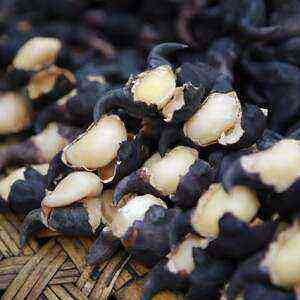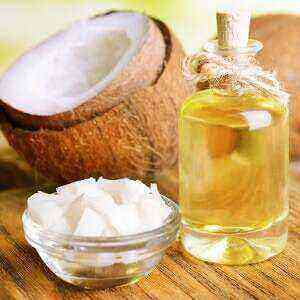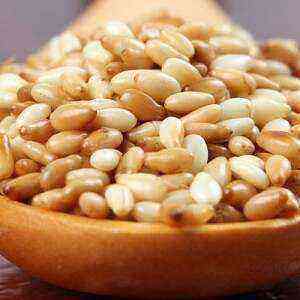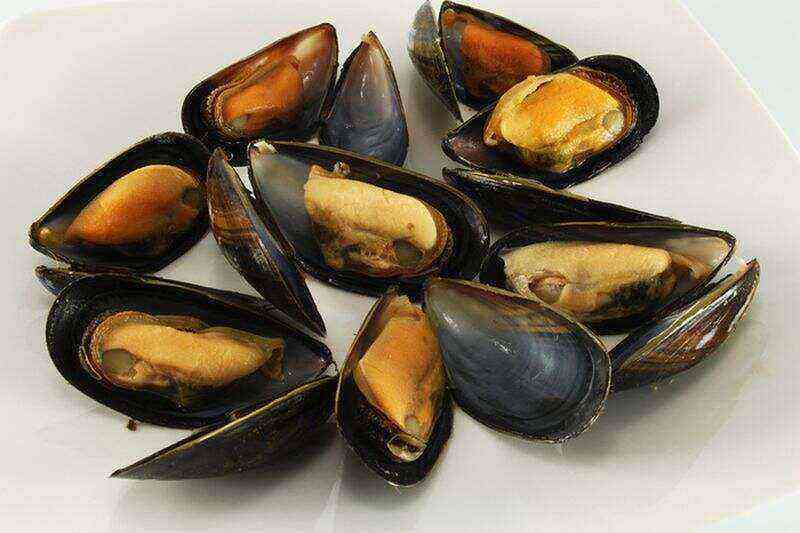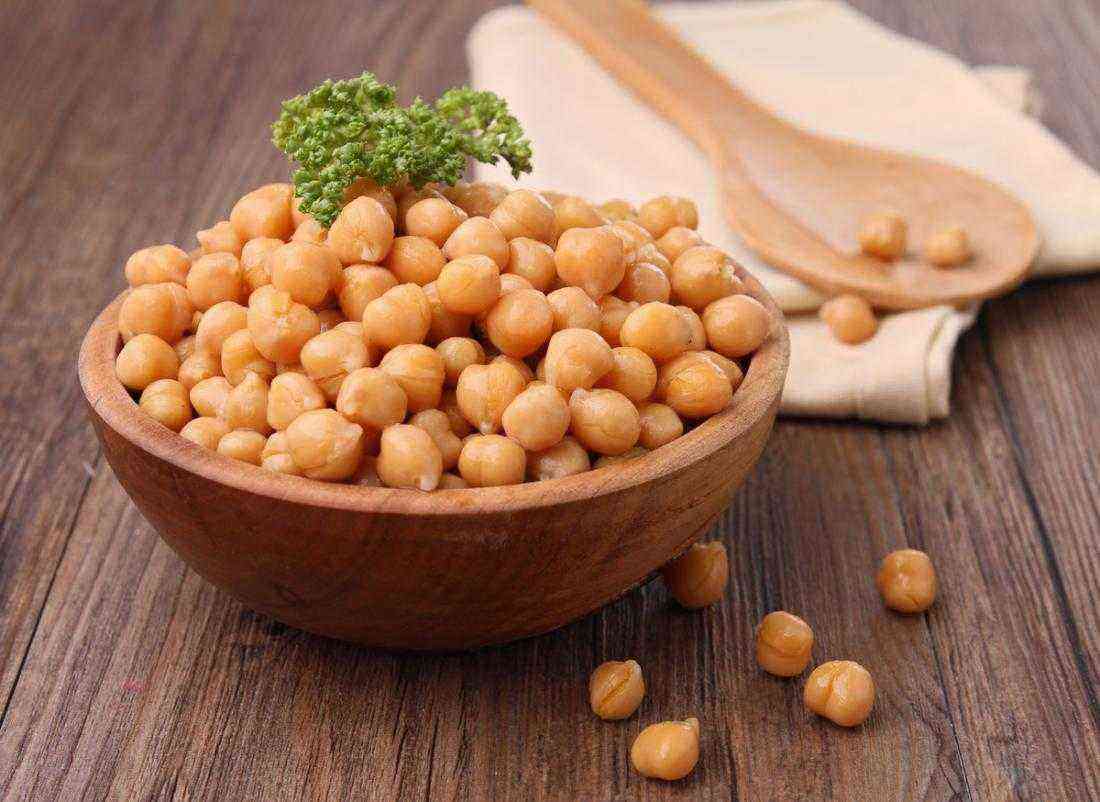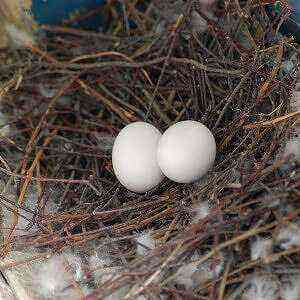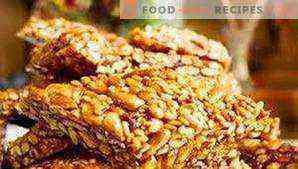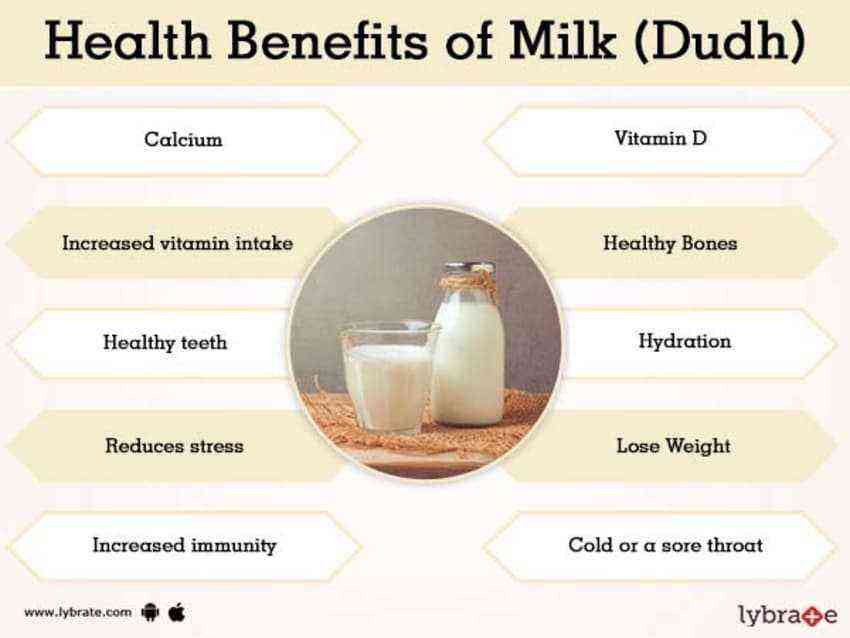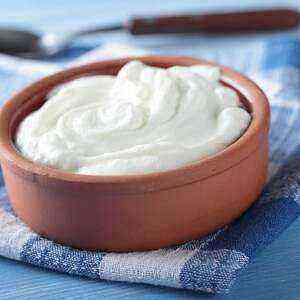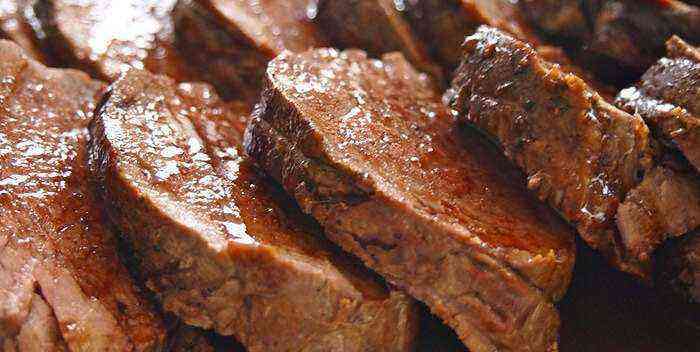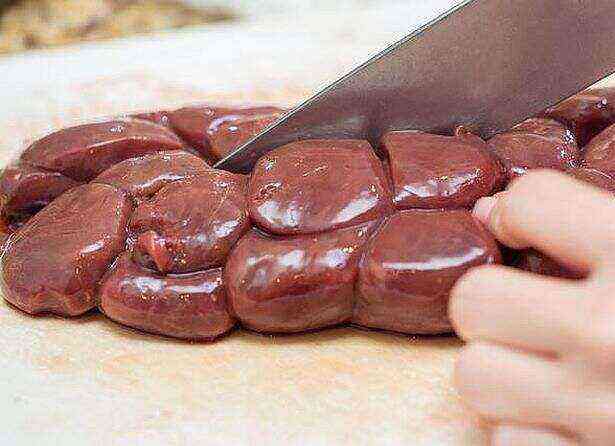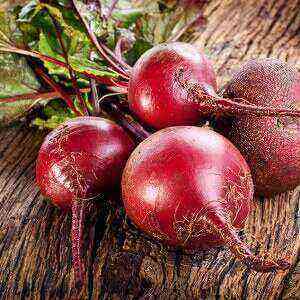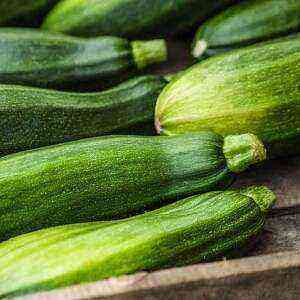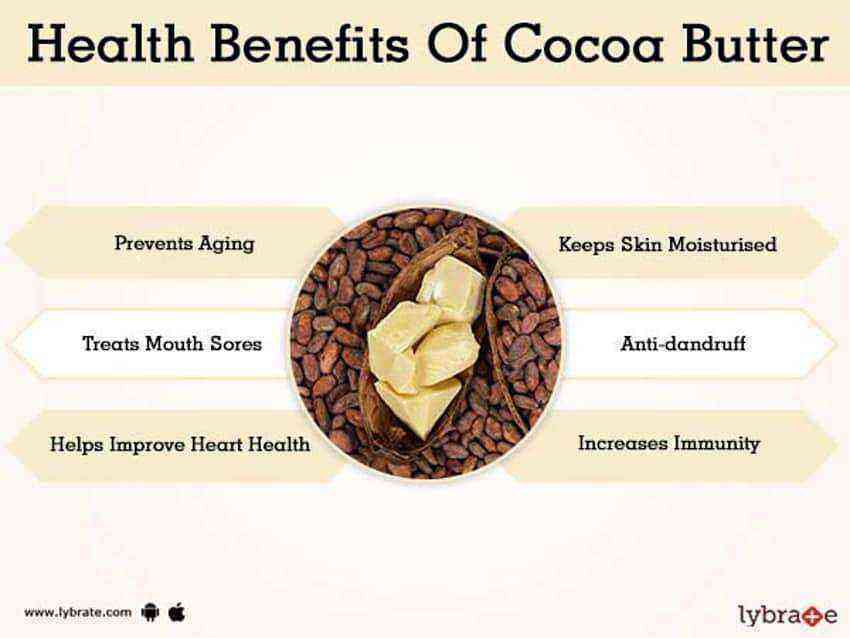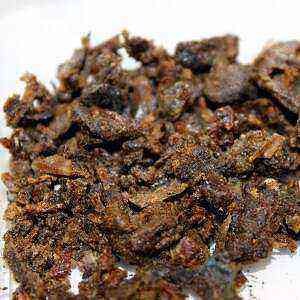
How did the cottage cheese appear?
According to ancient records, mankind has been making cottage cheese for over 4000 years. Today it is impossible to say with certainty who made the first cheese and when. Most likely, this product was “born” by accident. In principle, the ancient Eastern legend also speaks about this. According to legend, an Arabian merchant, setting out on a journey through the desert, took with him a supply of milk. He kept the milk drink in a bag made from the stomach of a sheep. The rennet from the walls of the bag and the scorching sun did their job – the milk separated into whey and a thick sediment. In the evening, the Arabian found that the resulting whey was excellent thirst quencher, and the white thick substance with a delicious aroma was suitable as a nutritious product. The merchant did the next portion of cottage cheese consciously. Further, the legend says that travelers from Asia passed on the art of cheese making to Europeans. And since then, mankind began to massively produce cottage cheese and other types of cheese. ..
Neolithic cheese?
But still, not so long ago, scientists made a discovery that casts doubt on the veracity of the legend. The thing is that on the territory of Poland archaeologists have discovered ceramic lattices, which are about 7500 years old. “Well, what does the cottage cheese have to do with it?” You ask. And despite the fact that researchers from the University of Bristol found a large amount of residues of milk fat on this ancient find. This led scientists to believe that ceramics were used by ancient people for the preparation or storage of dairy food. After a more detailed study of the find, the researchers suggested that these very grates were once used to separate the curd from the whey.
According to archaeologists, cottage cheese was an extremely important product for the Neolithic people. Considering that almost the entire adult population in those days suffered from lactose intolerance, then the ancients could use the fermented product without problems, saturating the body with nutritious components from milk.
Presumably, in ancient times, people made more liquid cottage cheese. Some of it was eaten immediately, and the remains in clay pots were buried in the ground and ate the product in winter. farmer-online.com.
Cottage cheese in ancient Russia

The Rusichi made cottage cheese from yogurt. The pots with the drink were kept in the oven for several hours, then the contents were poured into cone-shaped linen bags and pressed down with a press. If our ancestors wanted to extend the life of the product, then several more times they put the strained cottage cheese in a pot and sent it to the oven. The procedure was repeated until the cheese (which is what cottage cheese was called in Russia) completely dried out. Then it was watered with ghee and placed in a pottery in the cellar. So the cottage cheese could be stored for several months. By the way, in those days the more expensive cheese was more expensive. .farmer-online.com.
Types of cottage cheese
Depending on the manufacturing method, it can be of several types:
Acid-rennet. For production, pasteurized milk, lactic acid, rennet are used. By the way, this is exactly the substance that is contained in the stomachs of animals and which, according to legend, transformed the milk of an oriental traveler into whey and white lumps. Rennet speeds up the process of making cottage cheese, without pre-souring.
- Acid. This type of product is made from pre-sour milk, to which lactic acid is added. Whole or skim milk is used as a basis.
- Separated. This method allows you to cook cottage cheese of any consistency and fat content. The essence of the method is to prepare low-fat cheese, and then mix it with cream to the required consistency ..
By fat content, cottage cheese is:
- bold: 19 to 23%;
- bold (classic): 4 to 18%;
- lean: 2 to 3,8%;
- fat-free: less than 1,8% ..
Role in the body
Many of us understand that cottage cheese is a good health product. But what exactly happens after it enters the human body? What role does it take on? Now let’s try to figure it out.
Digestion
One of the main benefits of cottage cheese is its benefits for digestion.
Several studies have shown that it is able to treat stomach infections. In addition, it is important to remember that all lactic acid products have a beneficial effect on the intestinal microflora, on which, without exaggeration, the state of the whole organism depends. .....
Immunity
A healthy microflora in the intestines is a guarantee of strong immunity. Curd is one of the best sources of probiotics. Daily consumption of this product helps the body fight harmful fungi, including the genus Candida, strengthens the immune system and restores healthy microflora .....
 Bones and teeth
Bones and teeth
Like other dairy products, curd contains calcium, which plays a key role in strengthening bone and tooth enamel. Phosphorus is also an essential component of cheese. In combination with calcium, it promotes proper bone growth, which is especially important for children and adults after fractures. Regular consumption of this product prevents arthritis and osteoporosis .....
Dandruff
Have you tried all the known ways to get rid of dandruff? It’s time to taste the curd. Dandruff is a fungal infection and fermented milk has antifungal properties. Do you want to speed up your treatment? Then, in addition to eating, fermented milk cheese can be used as a mask for the scalp. Usually 1-2 procedures are enough to get rid of the problem.
Stress and anxiety
Disorders of the nervous system are already a common part of the life of a modern person. But depressions and stress have an extremely negative effect on the functioning of the whole organism. And here also cottage cheese comes to the rescue. The whole secret is that the composition of the product contains substances that affect the areas of the brain that are responsible for emotional stress.
Excess weight
As already noted, cottage cheese contains significant reserves of calcium. And he, in turn, is extremely important for the production of the hormone cortisol in the body, the lack of which leads to obesity and hypertension. Do you want to lose weight? To do this, it is enough to eat about 500 g of cottage cheese daily. For this purpose, there is a special curd diet, the effectiveness of which has been tested by many losing weight.
Vessels and heart
The presence of cottage cheese in the daily diet reduces the risk of coronary heart disease, regulates cholesterol and strengthens blood vessels.
Leather
Cottage cheese can replace a whole arsenal of cosmetics for the skin. To improve the color and texture of the epidermis, it is important to eat at least a small portion of fermented milk cheese every day. It is a source of vitamin E, zinc, phosphorus and other substances important for the skin.
You can also apply a curd face mask. With a little cottage cheese, flour and lemon juice, you can restore your skin’s radiance and softness in just 15 minutes.
Milk substitute
One of the important advantages of cottage cheese is that people who are intolerant of milk can consume cheese without side effects and get the beneficial components contained in dairy products.
Sexual system
Some studies have shown that regular consumption of cottage cheese products affects the health of the reproductive system. Also, this product has aphrodisiac properties, enhances libido and potency in men.

- regulates blood pressure;
- lowers cholesterol;
- useful for fungal infections;
- effective for intestinal disorders;
- an important source of calcium;
- strengthens bones and tooth enamel;
- protects against cardiac disorders;
- reduces the risk of developing cancer.
And also:
- stimulates the immune system;
- relieves stress and anxiety;
- improves digestion;
- relieves hangover syndrome;
- provides energy;
- stimulates the brain and its functions.
Benefits for the skin:
- promotes exfoliation of dead cells of the epidermis;
- gives freshness and radiance;
- makes the skin smooth;
- natural skin softener.
Benefits for hair:
- excellent remedy for dry and damaged hair;
- has the properties of an air conditioner;
- stimulates hair growth.
Side effects
Side effects are very rare, even in people with lactose intolerance. But still, organisms that are extremely sensitive to lactic components can react to this product with abdominal pain, constipation, diarrhea, and bloating. Allergic reactions are also possible in the form of skin rashes, shortness of breath, swelling and itching.
Pure protein
Looking for a product that provides the highest possible amount of protein? Consider that you have already found it. To prepare a meal rich in proteins, or, more precisely, almost pure protein, you will need cod (fillet), low-fat cottage cheese, raw chicken egg white and a little onion. Pass all the ingredients through a meat grinder, stir, form meatballs or bake a casserole.
This dish is ideal for bodybuilders and those on a protein diet.
Cottage cheese: how to choose the right one?
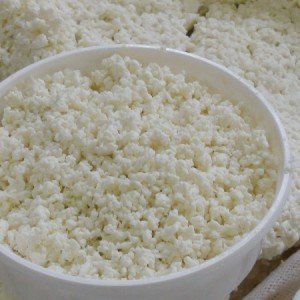
- consistency;
- Colour;
- smell;
- taste;
- fat content;
- preparation method.
Fresh product, as a rule, crumbly, soft, smear, with a fresh smell and natural fermented milk taste. Low-fat varieties contain a small amount of whey. Correctly cooked curd is usually white with a creamy shade.
By the way, the product made by the acid-rennet method (grained) takes a little longer to digest than other types of cottage cheese. This is due to the increased viscosity of the cheese.
What’s wrong with the curd?
Sometimes you can find that the seemingly fresh cottage cheese has an uncharacteristic taste or smell. These tips will help you understand what is wrong with the product.
- The smell and taste of the old.
It says that putrefactive bacteria appeared in the product as a result of improper storage of cheese, non-observance of technology during production or the use of poor leaven.
- Acetic notes.
This uncharacteristic taste and smell of curd is caused by the vinegar bacteria. Appears when the product is kept warm.
- Bitterness.
Harmful bacteria and mold can appear in oily curds, causing a bitter taste. The reason is non-compliance with production techniques. More precisely, during pasteurization, the milk was not warmed up enough.
Another very common cause of bitter curd is cow feed. If the cattle ate bitter grasses, this will affect the quality of the milk, and then the cheese.
Another very common cause of bitter curd is cow feed. If the cattle ate bitter grasses, this will affect the quality of the milk, and then the cheese.
- Excessive acid.
Excessive pressing of the product, improper (insufficient, untimely) cooling, the presence of antibiotics in milk or “chemistry” in the finished cottage cheese declare themselves to have an excessively sour taste.
- Yeast flavor.
Yeast fungi can get into the composition of cottage cheese from kefir or sourdough for it. As a result (especially if the cottage cheese is kept warm), the fungus begins to actively grow and declare itself with a characteristic aftertaste.
Tasteless.
The insipid product, devoid of a characteristic curd taste, indicates that a weakly active leaven was used for its production.
- Excessive moisture.
The reason is insufficient expression and squeezing out of the curd mass.
- “Rubber” curd.
This effect can occur for two reasons. If too much rennet was used in the manufacture of the product or the milk was fermented at too high a temperature.
- Slime and mold.
It must be said right away that such a defect is dangerous to health. Appears if the product has been stored in a damp place and not in compliance with the standards.
How to cook yourself
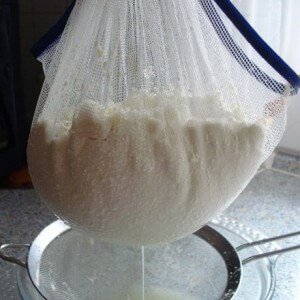
For more confidence in the freshness and quality of the product, you can try making cottage cheese yourself. Moreover, there is nothing complicated in this recipe.
To make homemade cheese, you will need yogurt, which must be placed in a water bath for a while. When a protein lump forms in the liquid, drain the whey and place the cheese lump in a bag of gauze or cloth. Press down with a weight. When the excess liquid is gone, the curd is ready to eat. Such a product will undoubtedly appeal to both adults and children. But, most importantly, now you are confident in the quality and freshness of your cheese.
The finished product can be eaten without additives, with vegetables, fruits, sour cream or yogurt, added to salads, made from it cheesecakes (curds), pies and pies, cookies, cheesecakes and desserts. In short, everything that fantasy allows ..
How to store correctly
Curd is not intended for long-term storage. The manufacturer indicates the safe terms on the packaging. Thermally processed cottage cheese retains its freshness for the longest time (up to 2 weeks). The product with stabilizers will “last” up to a week. And no longer than 36 hours, 18 percent and low-fat varieties, as well as curd products, live.
You can extend the life of cottage cheese to several months if you freeze it. It is important to maintain a stable temperature in the freezer. Any hesitation will make the cheese dry and with ice chunks. You can return the tenderness to defrosted cottage cheese by mixing it with 50% cream or pouring milk in a one-to-one ratio for 2 hours.
Curd is a unique product. It tastes equally salty and sweet. It is a nutritious food that can help you lose weight. And most interestingly, being a dairy product, it is suitable for people with lactose intolerance. Scientists are still arguing about the age of cottage cheese, and the best chefs in the world compete in the ability to cook delicious dishes from fermented milk cheese – an almost ideal product in terms of its properties. ..
Sources of
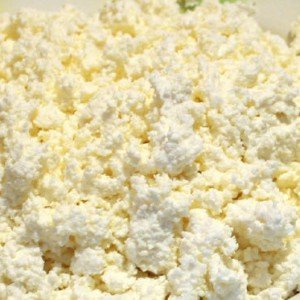 Acid-rennet. For production, pasteurized milk, lactic acid, rennet are used. By the way, this is exactly the substance that is contained in the stomachs of animals and which, according to legend, transformed the milk of an oriental traveler into whey and white lumps. Rennet speeds up the process of making cottage cheese, without pre-souring.
Acid-rennet. For production, pasteurized milk, lactic acid, rennet are used. By the way, this is exactly the substance that is contained in the stomachs of animals and which, according to legend, transformed the milk of an oriental traveler into whey and white lumps. Rennet speeds up the process of making cottage cheese, without pre-souring. Bones and teeth
Bones and teeth Tasteless.
Tasteless.


